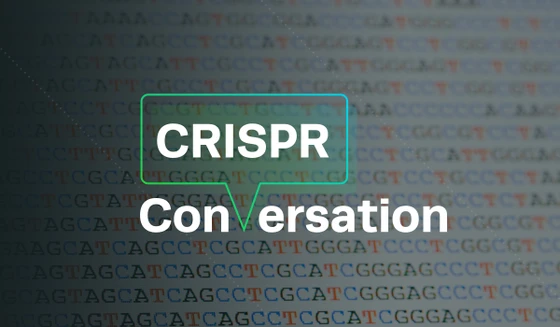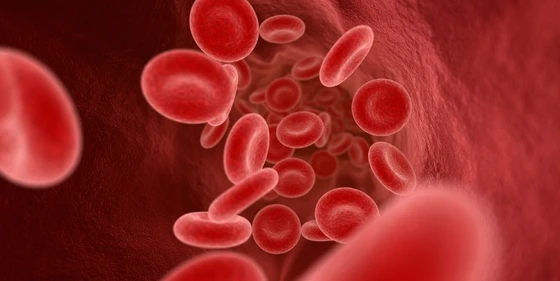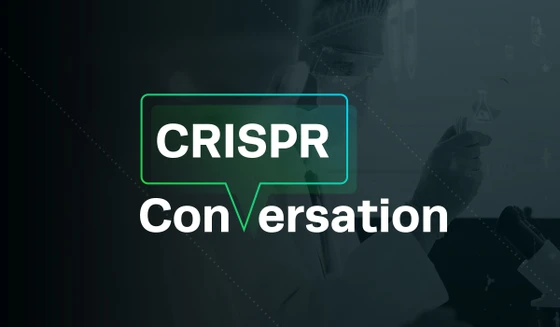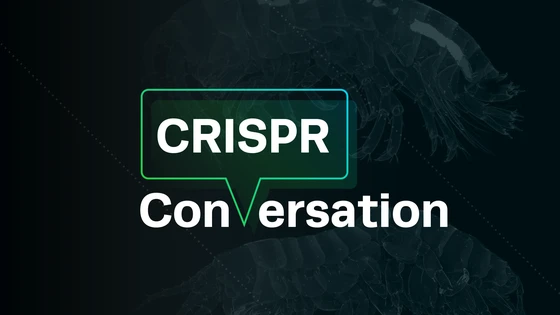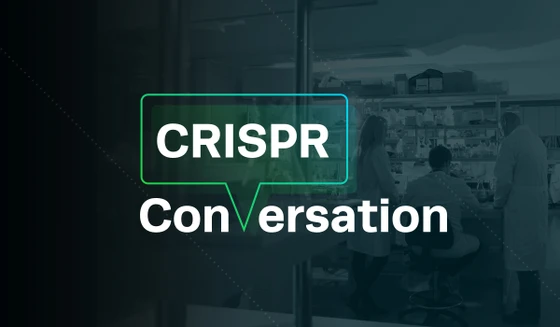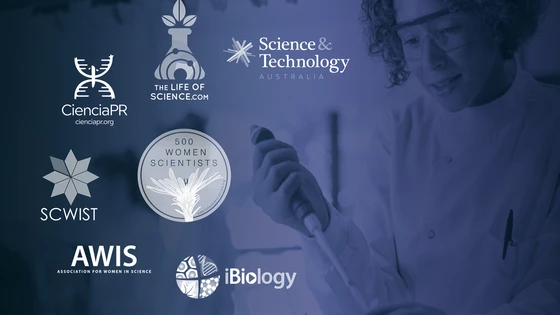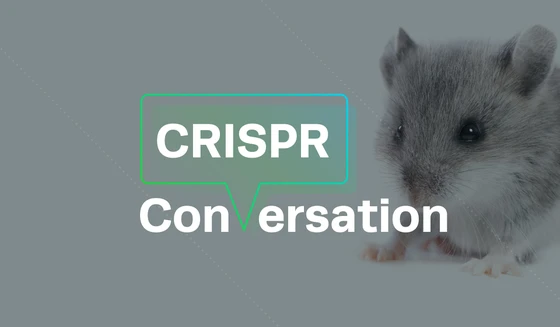Dr. Beeke Wienert is a postdoctoral researcher at the Innovative Genomics Institute (IGI), an academic and research collaboration between UC Berkeley and UC San Francisco. Currently, she works in Bruce Conklin’s lab at the Gladstone Institutes in San Francisco. Her work focuses on the development of safe CRISPR reagents for therapeutic genome editing and new methods for off-target detection in cells and tissues. Read on to learn more about her research.
DISCOVER-Seq: A New Method to Detect CRISPR Off-Targets
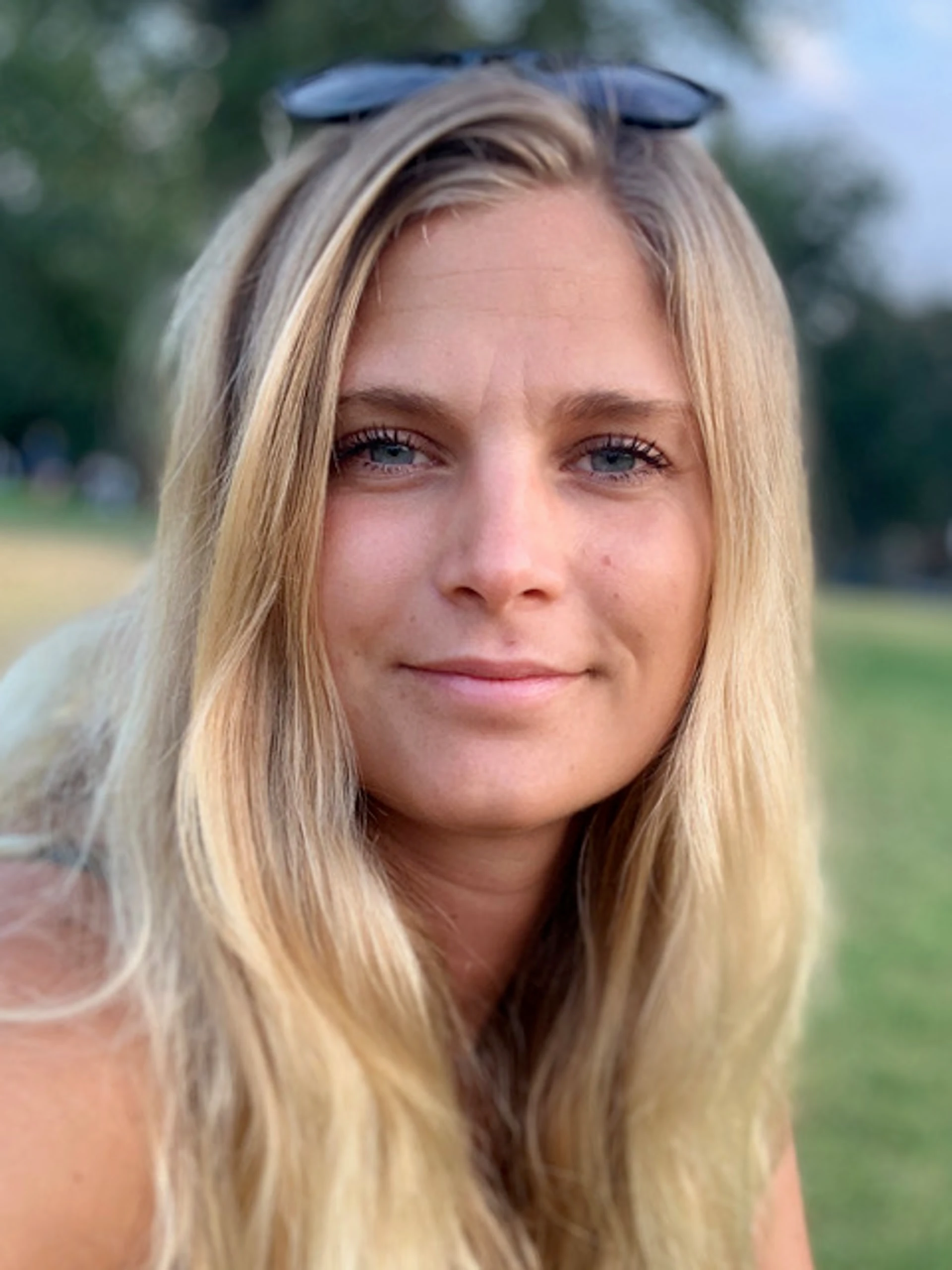
Kevin Holden: Can you tell us a little bit about your current research?Dr. Beeke Wienert: My current work focuses on developing tools in CRISPR research. I am working on a new method to detect off-targets for CRISPR enzymes, which we call DISCOVER-Seq. We thought it was a great idea to look at the DNA repair proteins that assemble at CRISPR-induced double-strand breaks, and then find the locations in the genome which are bound by DNA repair machinery to determine the actual cuts sites in the genome. The most exciting part about this project is that it is applicable to any cell type, including primary cells like iPS cells or CD34+ hematopoietic stem and progenitor cells (HSPCs) cells. We have even shown it to work in tissues in edited animals.
Dr. Beeke Wienert: My current work focuses on developing tools in CRISPR research. I am working on a new method to detect off-targets for CRISPR enzymes, which we call DISCOVER-Seq. We thought it was a great idea to look at the DNA repair proteins that assemble at CRISPR-induced double-strand breaks, and then find the locations in the genome which are bound by DNA repair machinery to determine the actual cuts sites in the genome. The most exciting part about this project is that it is applicable to any cell type, including primary cells like iPS cells or CD34+ hematopoietic stem and progenitor cells (HSPCs) cells. We have even shown it to work in tissues in edited animals.
KH: Has this research has been published yet?BW: It is in on the way to publication, so it is currently under revision. There is a bioRxiv version of the manuscript that's available to everyone.
BW: It is in on the way to publication, so it is currently under revision. There is a bioRxiv version of the manuscript that's available to everyone.
KH: Can you tell us a little bit about where you were before you came to IGI?BW: Before I came to the US, I was in Sydney at the University of New South Wales. That's where I did my Ph.D. I grew up in Germany where I did my undergraduate and masters studies.
BW: Before I came to the US, I was in Sydney at the University of New South Wales. That's where I did my Ph.D. I grew up in Germany where I did my undergraduate and masters studies.
KH: Let’s talk about the research institute that you are part of now at UC San Francisco. Whose lab are you in, and what is the focus there?BW: I did the first part of my postdoc at UC Berkeley with Jacob Corn, but then Jacob decided to move the whole lab to ETH Zurich in Switzerland. I quite like the Bay area, so I decided to stay and look for new opportunities here and found Bruce Conklin's lab at the Gladstone Institutes in September last year. The Gladstone Institutes are not quite part of UC San Francisco, but we are affiliated with it. I get all the benefits and all the good things from UC San Francisco, but we are actually independent.
BW: I did the first part of my postdoc at UC Berkeley with Jacob Corn, but then Jacob decided to move the whole lab to ETH Zurich in Switzerland. I quite like the Bay area, so I decided to stay and look for new opportunities here and found Bruce Conklin's lab at the Gladstone Institutes in September last year. The Gladstone Institutes are not quite part of UC San Francisco, but we are affiliated with it. I get all the benefits and all the good things from UC San Francisco, but we are actually independent.
KH: How did you use CRISPR before you worked on your current project, DISCOVER-Seq?BW: DISCOVER-Seq started in Jacob's lab, but is currently finishing up in Bruce's lab. Before DISCOVER-Seq, I had done some research on an immune response that is triggered by in vitro-transcribed guide RNA. That was the first project I started in the US. Before that, I was working on hemoglobin regulation. Basically, the switch from fetal hemoglobin to adult hemoglobin, and how we could potentially use fetal hemoglobin to compensate for adult hemoglobin. I used CRISPR to introduce point mutations in the fetal globin promoter to study molecular mechanisms and transcription.
BW: DISCOVER-Seq started in Jacob's lab, but is currently finishing up in Bruce's lab. Before DISCOVER-Seq, I had done some research on an immune response that is triggered by in vitro-transcribed guide RNA. That was the first project I started in the US. Before that, I was working on hemoglobin regulation. Basically, the switch from fetal hemoglobin to adult hemoglobin, and how we could potentially use fetal hemoglobin to compensate for adult hemoglobin. I used CRISPR to introduce point mutations in the fetal globin promoter to study molecular mechanisms and transcription.
KH: Earlier, you mentioned that you also published a paper when you were at IGI in Jacob's lab showing that the in vitro-transcribed guides could actually trigger immune responses in certain primary cell types. I think this was something that people knew from the RNA therapeutics days, but weren't really paying attention to in the CRISPR world.
KH: That was the research you presented at the Cold Spring Harbor CRISPR conference in 2016.BW: Yes. That was when I first heard about Synthego. You were giving out little cards with free synthetic guides.
BW: Yes. That was when I first heard about Synthego. You were giving out little cards with free synthetic guides.
KH: Before you started working with CRISPR, were you doing any genome engineering experiments?BW: The very first project I did with genome engineering was actually using TALENS in collaboration with Matthew Porteus from Stanford. He very generously gave us plasmids encoding TALENS targeting the fetal hemoglobin promoter. It actually worked quite well, but once CRISPR came along, things just got so much easier.
BW: The very first project I did with genome engineering was actually using TALENS in collaboration with Matthew Porteus from Stanford. He very generously gave us plasmids encoding TALENS targeting the fetal hemoglobin promoter. It actually worked quite well, but once CRISPR came along, things just got so much easier.
KH: When you first started using CRISPR, what format were you using?BW: Oh, plasmids, for a long time. I was using plasmids the whole time I was in Sydney, which worked okay, but now I would never go back.
BW: Oh, plasmids, for a long time. I was using plasmids the whole time I was in Sydney, which worked okay, but now I would never go back.
KH: Since you started using the synthetic guides, how has it benefited your research and your workflows?BW: Everything is just so much faster. You don't have to do any cloning. It is much quicker to just order the guide and transfect the protein. Also, I got way less cell death in basically all the cell lines that I have worked with. It is just much quicker, and quite efficient too.
BW: Yeah, that was definitely one part. And it is not only primary cells but actually lots of cell lines. Any cell that has an intact RIG-I pathway would definitely show a certain immune response. Even HeLa cells and HEK293 cells show a lot of cell death because of that.
BW: Everything is just so much faster. You don't have to do any cloning. It is much quicker to just order the guide and transfect the protein. Also, I got way less cell death in basically all the cell lines that I have worked with. It is just much quicker, and quite efficient too.
BW: Yeah, that was definitely one part. And it is not only primary cells but actually lots of cell lines. Any cell that has an intact RIG-I pathway would definitely show a certain immune response. Even HeLa cells and HEK293 cells show a lot of cell death because of that.
KH: What is your favorite thing about Synthego?BW: The guide RNAs for sure. But I also really like the people who work at Synthego. I have met some really awesome people at different conferences, including you, who seem to be very fun and very open to collaborations, and to actually really do science, and not just sell their product.
BW: The guide RNAs for sure. But I also really like the people who work at Synthego. I have met some really awesome people at different conferences, including you, who seem to be very fun and very open to collaborations, and to actually really do science, and not just sell their product.
